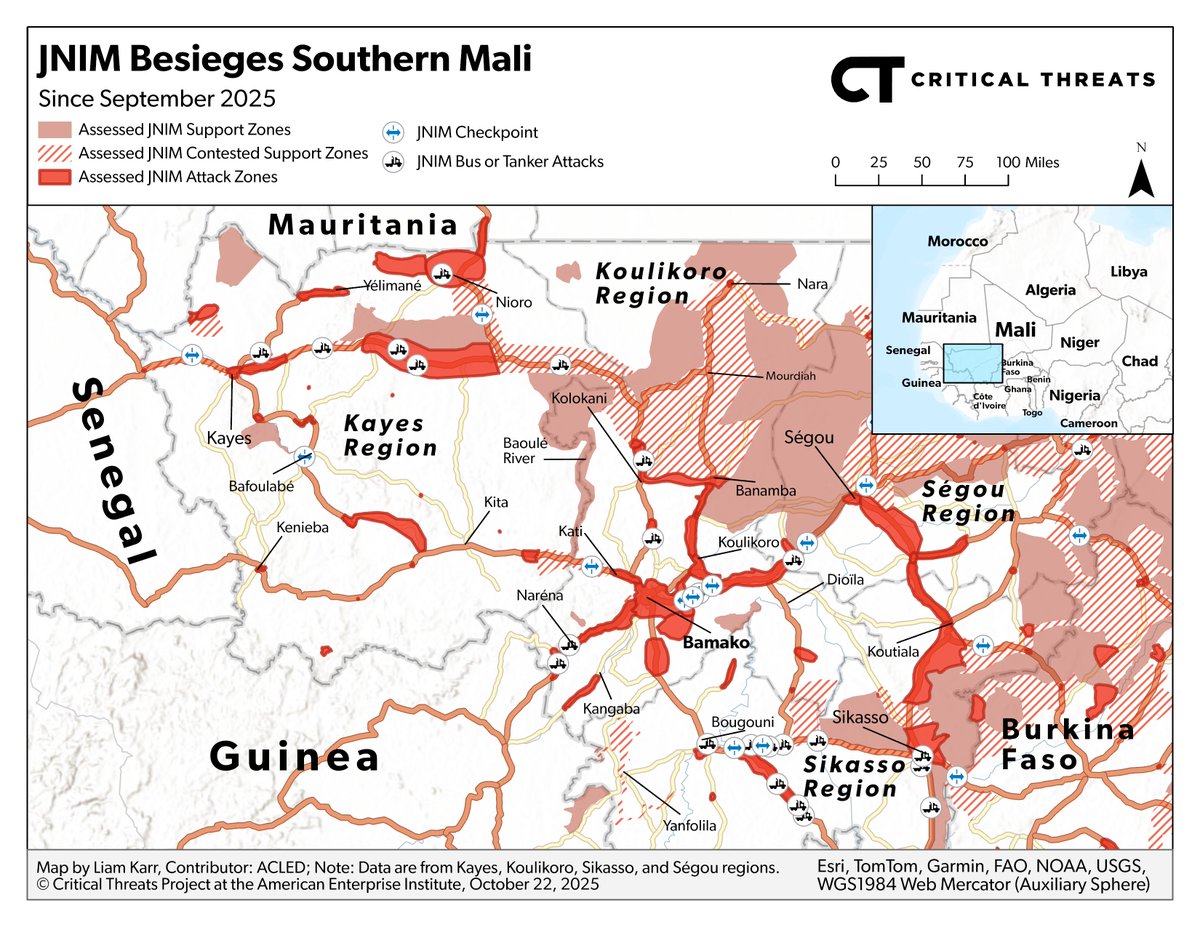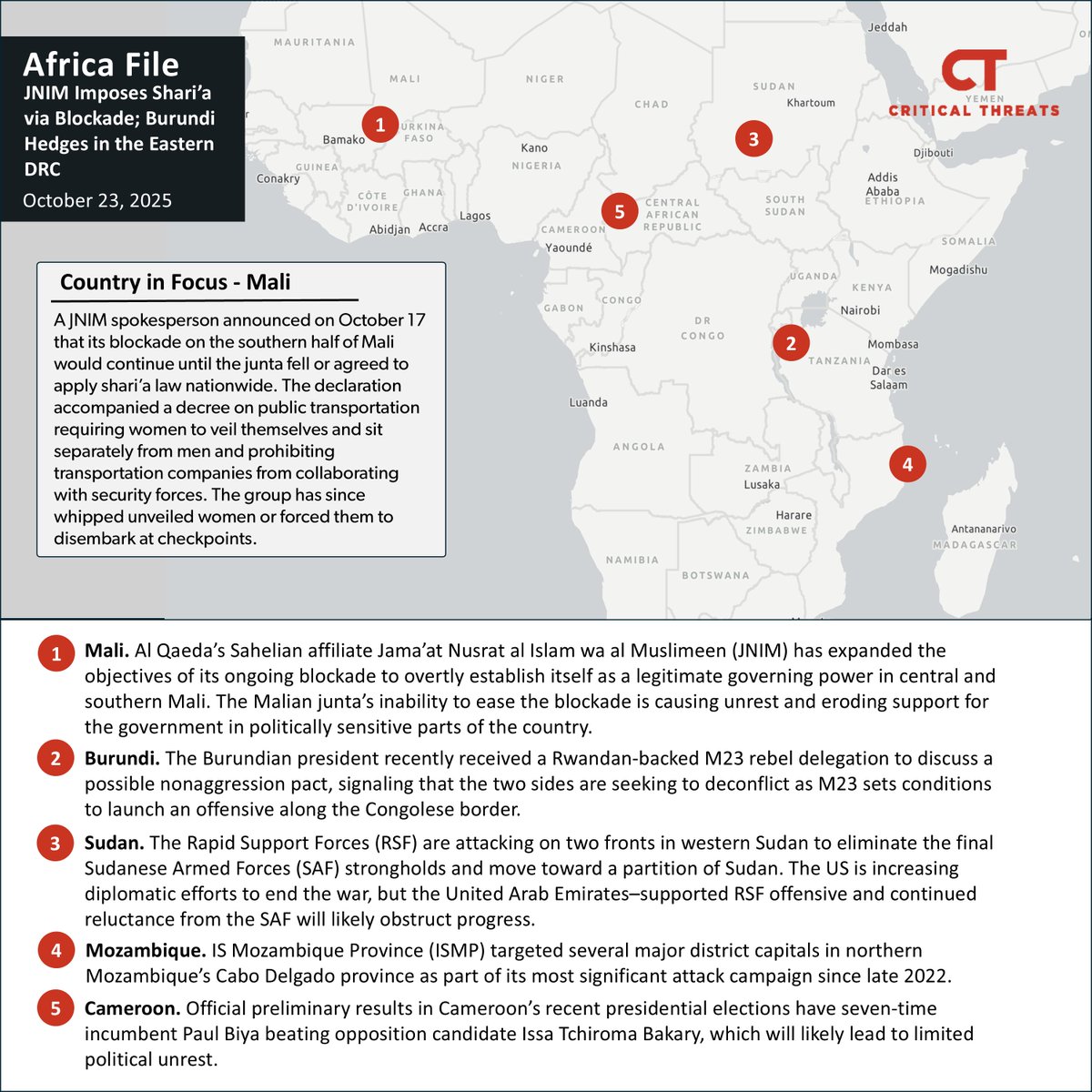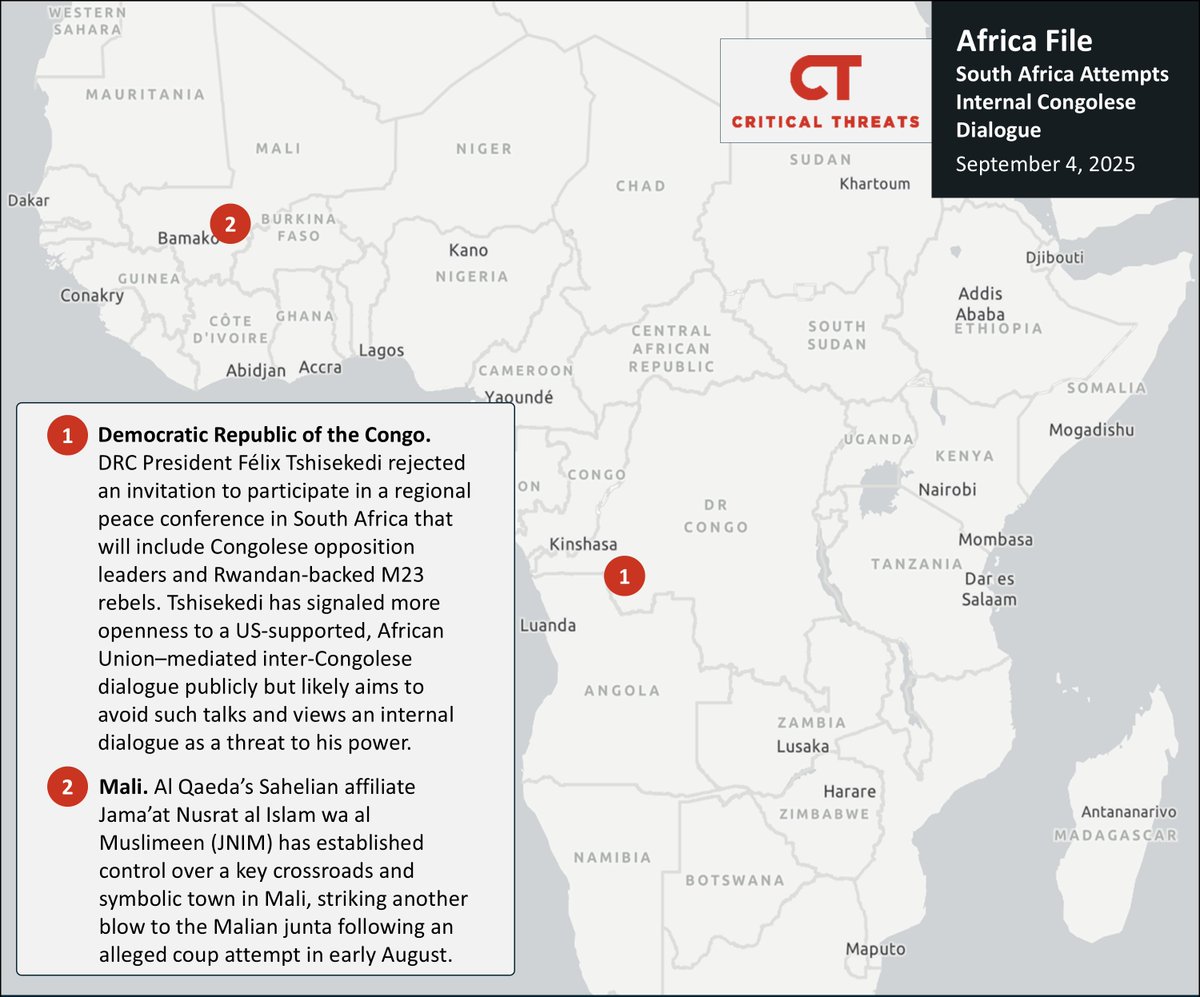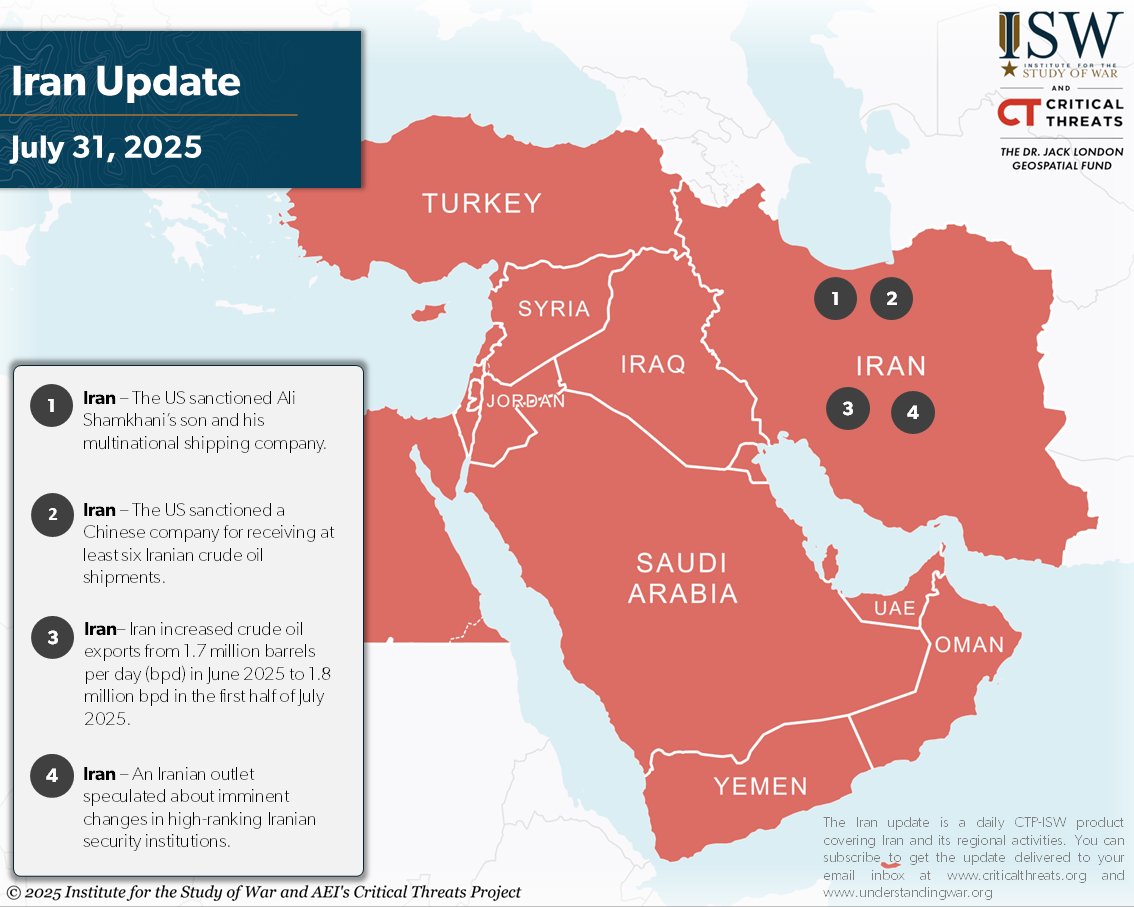NEW | #Russian forces may be abandoning efforts at a wide encirclement of Ukrainian troops along the #Izyum-#Slovyansk-#Debaltseve line in favor of shallower encirclements of Severodonetsk and Lysychansk. Read today’s update from CTP and @TheStudyofWar. criticalthreats.org/analysis/russi… 

It is unclear if #Russian forces can encircle, let alone capture, #Severodonetsk and #Lysychansk even if they focus their efforts on that much-reduced objective. 

The #Ukrainian counteroffensive around #Kharkiv is also forcing the #Russian command to make hard choices, as it was likely intended to do. 

#Russian forces continued to conduct air and artillery strikes against #Ukrainian positions in the Azovstal Steel Plant on May 12. 

#Russian forces attempted to improve their positions along the Southern Axis and continued to fire on #Ukrainian troops but did not make any confirmed advances on May 12. 

• • •
Missing some Tweet in this thread? You can try to
force a refresh














